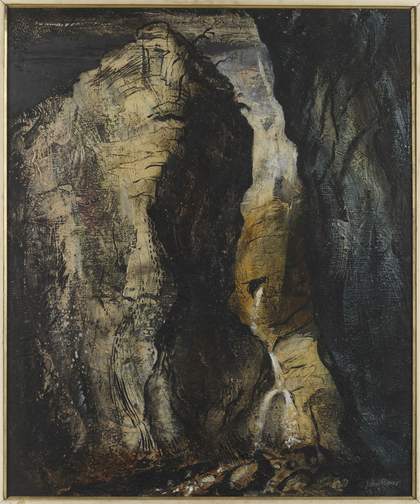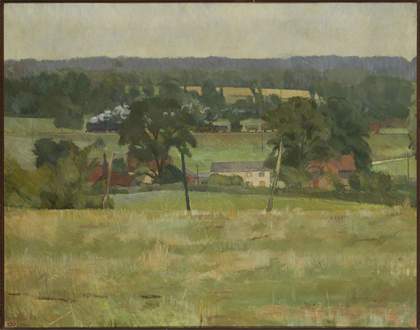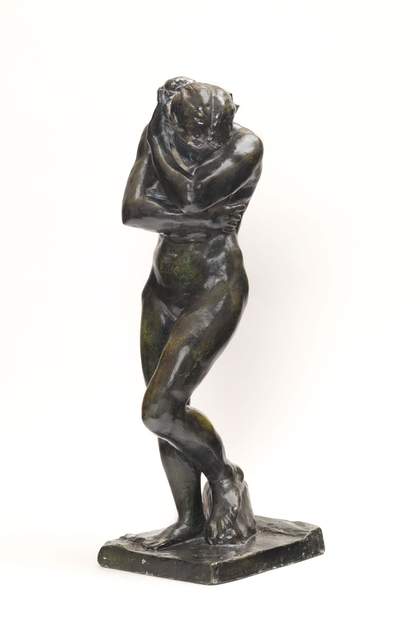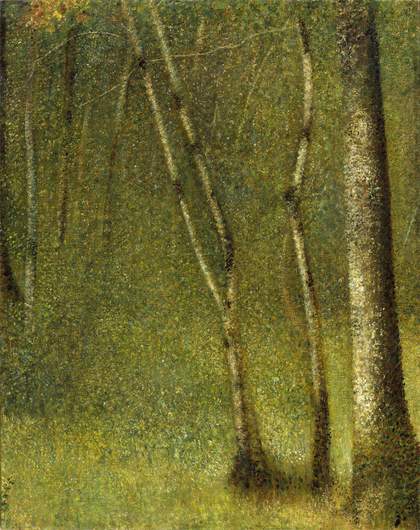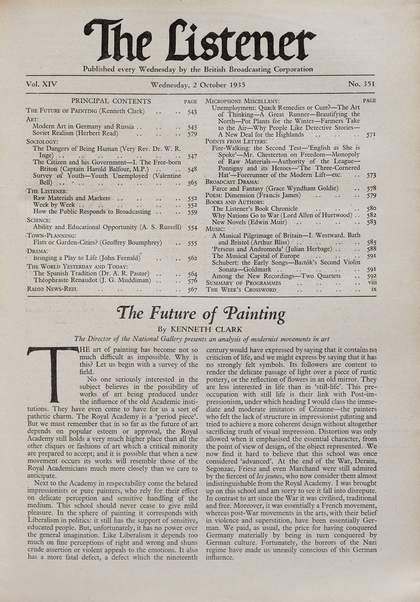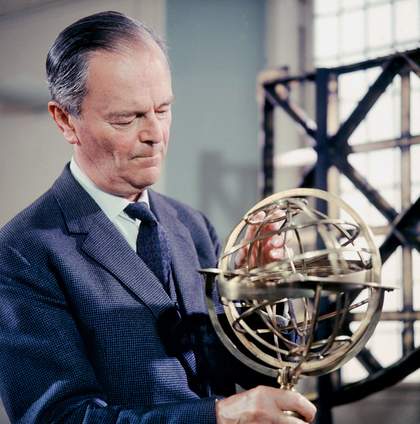This exhibition explores the impact of art historian, public servant and broadcaster Kenneth Clark (1903–1983), widely seen as one of the most influential figures in British art of the twentieth century. The exhibition examines Clark’s role as a patron and collector, art historian, public servant and broadcaster, and celebrates his contribution to bringing art in the twentieth century to a more popular audience.
The exhibition focuses predominantly on Clark's activities in the 1930s and 1940s when he was a leading supporter and promoter of contemporary British art and artists. Using his own wealth to help artists, Clark would not only buy works from those he admired but also provides financial support to allow them to work freely, offered commissions, and worked to ensure artists’ works entered prestigious collections. Believing that a crisis in patronage had led artists to become too detached from the rest of society, Clark promoted a representational art that was both modern and rooted in tradition. The artists he favoured included the Bloomsbury Group, the painters of the Euston Road School, and leading figures Henry Moore, Victor Pasmore, John Piper and Graham Sutherland.
With the outbreak of war in 1939, Clark’s private patronage became a state project when he instigated the War Artists Advisory Committee to employ artists to record the war. Through the commissioning of such iconic works as Moore’s Shelter Drawings and Sutherland’s and Piper’s images of the Blitz he ensured that the neo-Romantic spirit that those artists’ work embodied became the dominant art of the period.
Examining his multifaceted role in the art world from patron and collector to art historian, as well as his role as a public servant and broadcaster, the exhibition will tell the story of Clark’s life through his diverse and cherished collection.


